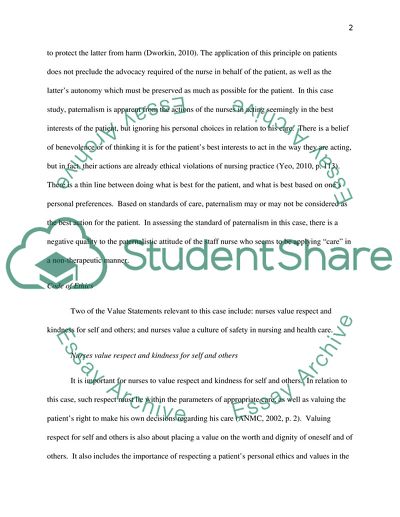Cite this document
(Nurses as Leaders in Health Care Settings Term Paper, n.d.)
Nurses as Leaders in Health Care Settings Term Paper. Retrieved from https://studentshare.org/nursing/1755936-nurses-as-leaders-in-health-care-settings
Nurses as Leaders in Health Care Settings Term Paper. Retrieved from https://studentshare.org/nursing/1755936-nurses-as-leaders-in-health-care-settings
(Nurses As Leaders in Health Care Settings Term Paper)
Nurses As Leaders in Health Care Settings Term Paper. https://studentshare.org/nursing/1755936-nurses-as-leaders-in-health-care-settings.
Nurses As Leaders in Health Care Settings Term Paper. https://studentshare.org/nursing/1755936-nurses-as-leaders-in-health-care-settings.
“Nurses As Leaders in Health Care Settings Term Paper”, n.d. https://studentshare.org/nursing/1755936-nurses-as-leaders-in-health-care-settings.


